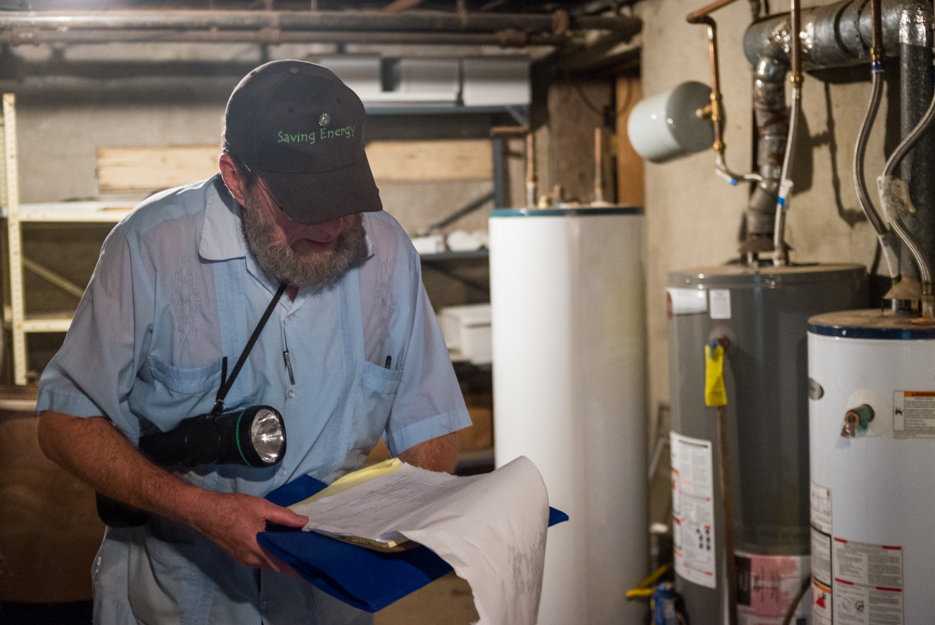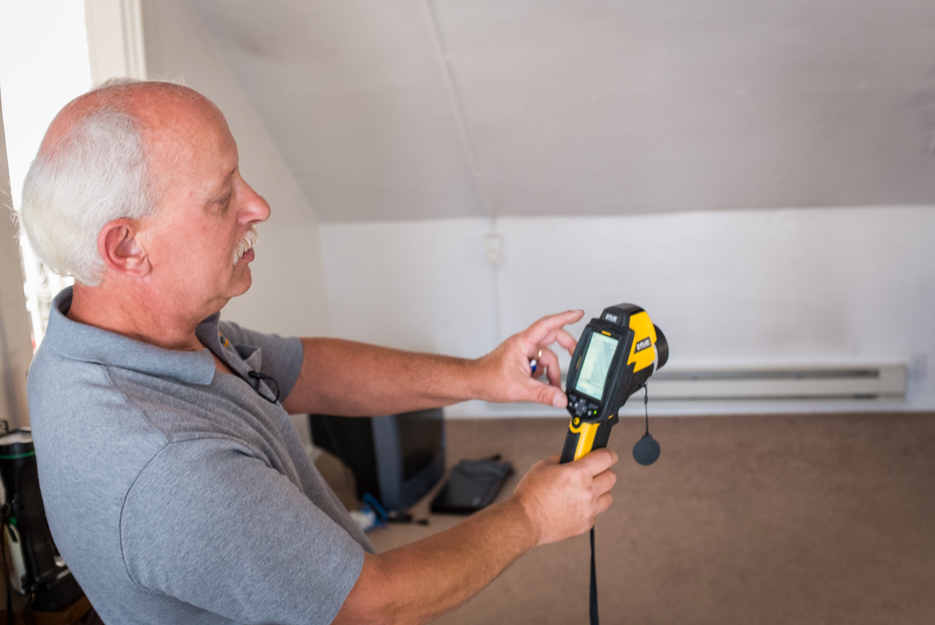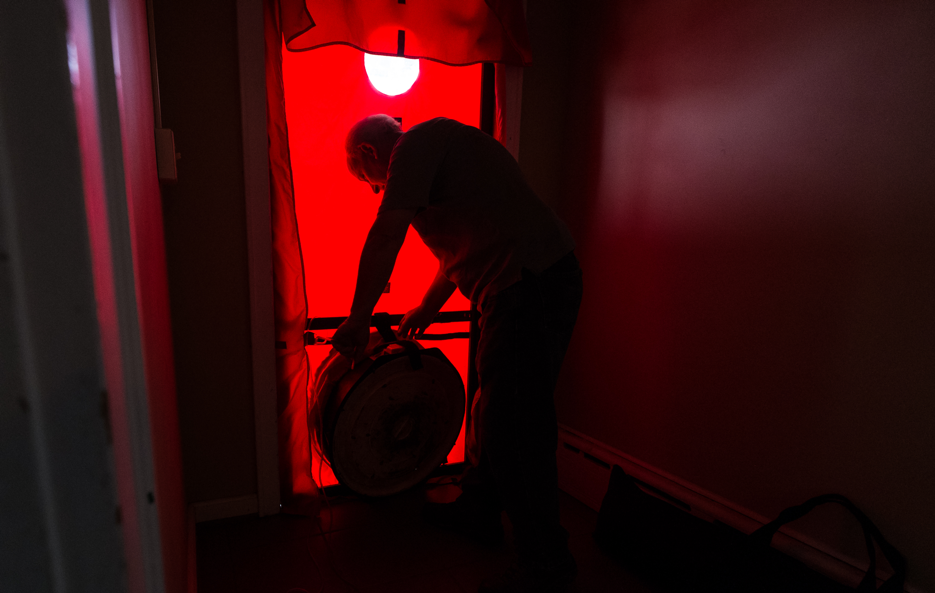Tips for Sustainability
A variety of sustainable habits can be easily adopted into anyone's life to help reduce our impact on the environment and assist us in building our personal and communal health. Below is a small sampling of the Sustainable Lifestyle Tips that the Office of Sustainability promotes.
Reduce
Conserve Energy:
Reducing your dependence on fossil fuels can seem like a difficult task. While investing in alternative energy in our homes may be the first solution many people think of, we can also reduce our use of fossil fuels by making simple changes in our daily actions.
- Turn off lights and unplug appliance when not in use
- Use natural lighting whenever possible
- If you have a difficult time remembering to power down devices at the end of a day, consider placing them on a timer or setting them up on a smart strip device.
- Limit your technology upgrades. By reducing the number of devices (such as computers, phones and ipads) that we own or upgrade each year, we can significantly reduce our personal demand of fossil fuels for the production, use and disposal of these products.
- When shopping for new appliances for your home, compare the energy consumption of each device and include the cost of energy in your decision.
Conserve Water:
Water is a finite resource and should be conserved for the health of our environment and society. Here are a few quick tips for conserving water in the home:
- Install low flow shower heads
- Limit your shower length to no more than 3-5 minutes daily
- Place a brick or 2 liter soda container into your toilet tank to reduce the amount of water utilized per flush
- Use rain water for watering your plants
- If you wash your dishes throughout the day, fill one bin with soapy dish water and use all day rather than filling the sink multiple times for just a few dishes.
Reduce Food Waste:
While Ohio University has the largest in-vessel composting facility in the nation, the goal should be to reduce the amount of food waste initially generated. Here are some tips for improving your food consumption efficiency:
- When eating at the dining hall, don't take more than you can eat. A good way to do that is to refrain from using a tray. Fill up only enough to fill one plate or however much you can actually eat.
- When grocery shopping, make a list of the items you do need before you go. Without a list in front of you, you may buy things you already have. Additionally, shopping on an empty stomach leads to excess purchases that you may not be able to eat in time.
- According to the EPA, 21% of all waste in the landfill is food waste, so limit the amount of food that goes bad by eating what you have first before buying more.
- Plan your meals ahead of time based on what you already have. If you have some fresh vegetables in the refrigerator that are on the verge of expiring, plan to make pasta for dinner instead of heating up frozen food that will last longer or even going out to eat.
Natural Cleaning:
Store-bought cleaners typically contain dangerous chemicals, contribute to greenhouse gas emissions and are packaged in petroleum-based products. Avoid bringing those dangerous fumes and environmental harms into your home by making your own low-impact cleaners. A simple solution of warm water, lemon juice and vinegar can clean almost any surface. For additional cleaning properties, add essential oils or baking soda to your cleaner.
Reuse
Limit the amount of waste you send to the landfill by reusing products whenever possible. Here are a few easy ideas:
- Bring your own bags with you when you shop
- Invest in a single reusable travel mug and fill with your favorite beverages rather than using a disposable cup
- Wash and reuse plastic storage bags or containers whenever possible
- If you no longer want salvageable items (such as furniture, clothing, housewares, jewelry, etc.), give them the opportunity to lengthen their life by donating them to a locally owned thrift store.
Use Grey Water:
Collect rain water or used water from chores such as dish washing or from the waste tray of your dehumidifier to help facilitate other household needs such as flushing the toilet and watering the flowerbeds. Place a rain barrel under your home's gutters to collect rainwater to use for similar purposes.
Recycle
Instead of throwing all of your waste materials in the trash to be transported to a landfill, recycle everything you can. This includes paper, cardboard, newspaper, aluminum, glass, plastics (#1-7 in Athens), and more.
Compost:
Avoid a stinky trash can by instituting composting at your home. Peelings, stems, leaves and skins from fruits and vegetables and leftovers that cannot be eaten can be added to a mixture of "brown waste" such as leaves, grass clippings and wood. Proper aeration and mixing of this organic waste can, ultimately, create a nutrient-rich soil used in your garden or landscape. Compost may be managed in a small vessel such as a barrel or in an open air bin system. Be sure to check with your town's ordinances to see if they have special requirements for compost piles.
Revive
Air Quality:
Improve the quality of the air in your home by instituting a few simple rules:
- Vacuum regularly using an energy efficient vacuum cleaner with a HEPA filter.
- Take shoes off at the entryway and place them on a large mat to avoid tracking in chemicals, dirt and other toxins through your shoes.
- Keep humidity levels low by drying clothes outdoors on a clothesline, not over-watering house plants, avoiding lengthy showers and fixing leaky faucets. This will reduce the mold that develops in the home.
- No smoking indoors. (Or, at all, if possible!)
- Nurture house plants that have air purifying qualities. Bonus: Many of these plants are surprisingly easy to care for!
- Avoid synthetic fragrances; use essential oils instead.
Food:
The food you eat and where you shop can have a large impact on the community as well as the global economy.
- Grow your own: Reduce the stress on the environment from the mass production, packaging and transportation of most produce by growing your own. OHIO Ecohouse offers free garden plots to the campus community (must be affiliated with the university) on a first-come, first-served basis.
- Shop at the farmers market and/or locally owned shops: Support the local economy by purchasing your food products from local merchants.
- Preserve your own: During the growing season, when your garden has more food than you can eat, be sure not to let any of it go to waste by canning/preserving produce. The process is actually quite simple and there are numerous organizations in the region that offer helpful workshops for learning how to master this skill.
- Limit your meat intake: The manufacturing of meat products has a significant drain on our environment and economy. Meat production is, actually, an alarmingly inefficient process. By reducing (or eliminating) the meat in your diet, you are able to reduce your carbon footprint and help the environment. When done responsibly, this practice can also have a positive effect on your health!
Stay Healthy:
Maintaining personal health and happiness can have lasting impacts on our own personal sustainability and the vitality of our communities, environment and economy.
- Exercise regularly and eat a diet rich in fresh produce
- Take a proactive approach to your health. Preventive approaches to personal health can reduce your dependency on medication. The production and distribution of medication has negative impacts on the environment and the medicine in our systems can find its way into local waterways, contaminating the water we ingest and leading to other health issues.
- Create boundaries in your life that will limit your stress levels. Creating filters on your email, practicing meditation, instituting regular personal appointments, and many other techniques can create boundaries that assist in the reduction of stress we experience.
- Allow yourself to get consistent rest by following a regular bedtime and rising time.
- Ask for help. Seek the support of friends, family or staff at the university if you feel you may need assistance achieving mental and physical health.
Build a Community:
Teaching, caring for and sharing with our neighbors helps build a more sustainable community because in encourages shared resources and collaborative problem solving. By investing in our own personal and collective development, we help build a more compassionate society that cares for the health and safety of our community, our environment and our collective prosperity. Seek help when you feel you need it, accept it when offered to you and offer it when you can.
Home Energy Audit
A Home Energy Audit through Columbia Gas
1/27/16, 1-4:30pm
By Elaine Goetz, Sustainability Specialist
Note: photos offered here were taken during a similar audit in Athens conducted by Corporation for Ohio Appalachian Development (COAD) at a separate site for the UpGrade Athens County program. The photos are offered here as an illustration to Elaine's account of the audit activities in her home and are not, necessarily, accurately representative of her particular experience.
My home energy audit began on a sunny January afternoon, when I met the energy advisor, Anthony Gladieux, from CLEAResult (contracted by Columbia Gas), in front of our 1920’s Sears-style Athens, OH residence. The audit started outside, walking the perimeter of the house, checking for the presence of basement and/or crawl space, estimating windows square footage, inspecting heat pumps, noting grading, roof condition, etc. Anthony then came inside, checked our utility bills, and asked questions about appliances (gas or electric?), windows, furnace, heat pump, water heater. Next, he toured the inside of the house and looked for “clues” to energy inefficiencies – water damage on the ceilings, older lightbulbs, windows that didn’t seal correctly, etc.
After the initial whole house tour, he brought out his infrared camera to check for insulation in the walls, floors and ceiling. The infrared camera measures heat, so areas where heat is present (insulation, wall studs, etc) showed up as lighter areas, while colder, non-insulated areas appeared dark. Along the way, he pointed out problems to me – our crawl space needs to be enclosed so that cold air is not drawn through cracks in the uninsulated floor to the rest of the house; our attic storage areas are inside our thermal envelope and are unnecessarily heated; cellulose insulation, for which discounts are offered through the audit program, cannot be used in areas where the older knob and tube electrical systems are present, as in much of our house. The list went on and on, unfortunately. The highlight of the audit was the blower test. An industrial sized fan, or blower, was placed in a seal in our inner porch door with the outer door open. Tubes were attached through the blower and to a nanometer gauge. When the blower was turned on, we toured the house again, feeling the changes in temperature from the cold air that was being drawn into the house through all the leaks. In some places, we could feel the air blowing with our hands, or see cobwebs moving from the air flow. It was pretty dramatic. Our old house had a flow of 9377 cfm of cold air moving through it during the blower test. That’s pretty leaky! By the end of the 10 minute blower test, the temperature in the house had dropped 3 degrees, from a comfortable 68 to a slightly chilly 65.
Fortunately, our energy advisor had solutions for us, and some of them were even free. He offered a programmable thermostat (we already had one), installed a low flow shower head and multiple CFLs and one LED bulb. Other solutions were fairly inexpensive: Anthony recommended screw-mounting plywood over the crawl space opening, installing a small door over the former coal chute area under our front porch, and insulating the duct work that travels through our crawl space. The more expensive suggestions (new side door, new double paned windows in the basement, new and additional insulation throughout the house) may have to wait for funding, but the free and inexpensive solutions should still make a considerable dent in our energy bills. At the conclusion of the 3.5 hour energy audit, Anthony left a full color printed report that contained discount offers on recommended energy related products and services through pre-screened local companies. It was an afternoon well-spent!


